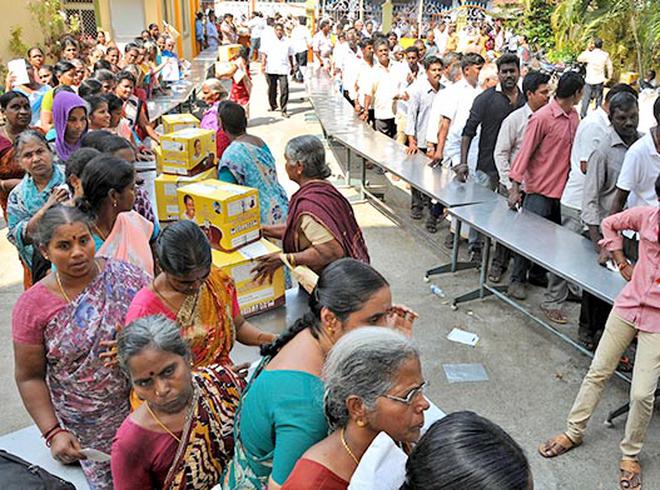Over the past few weeks, there has been an intense debate on whether freebies, or certain items or services provided for free to people by governments, are justified. The political back-and-forth began with Prime Minister Narendra Modi’s comments that while the Central government was spending public money on assets such as roads and airports, many State governments were engaged in wasteful spending by giving away stuff for free. The Supreme Court too has taken up a Public Interest Litigation on the matter.
Meanwhile, there has also been a lot of debate about what counts as a freebie, in contrast to what may be categorised as genuine welfare spending. The underlying assumption in the debate seems to be that certain government spending leads to a sustainable rise in people’s standard of living while other forms of spending merely lead to the erosion of the economy’s capital base without offering any long-term benefits. For example, spending on education and healthcare is considered essential as it enables human development, while giving away free food or electricity is seen by some as wasteful spending that depletes resources.
Blurry line
The fact, however, is that it is not easy to distinguish between these two kinds of spending. As critics of the Prime Minister have pointed out, things offered as freebies to poor families may in some cases actually enhance their long-term economic well-being. Free electricity, for instance, may provide a poor family access to the Internet, opportunity to use gadgets that enhance the quality of their daily lives and improve their productivity, and (for farmers) the ability to better irrigate their land to ensure higher agricultural yield. Things termed as ‘freebies’, such as free food, can also help poor families get sufficient nutrition and save money to invest in assets that improve their economic status in the future. In fact, critics have pointed out that a substantial amount of the Central government’s own spending goes towards providing ‘freebies’.

In other words, whether a thing given away for free will lead to a sustainable rise in the standard of living of the recipients cannot be determined by the fact of it being a freebie per se, but must be assessed only based on how it affects outcomes over the long term. The notional idea of long-term benefits for the poor can, however, be used as an excuse by spendthrift, populist governments to justify all kinds of spending. It is also not necessarily true that money spent on roads and other infrastructure projects per se is productive. In fact, since infrastructure projects are considered to be public goods that are not bound by the monetary discipline of the profit-and-loss system, it is impossible to know if they are really adding value to the economy at the scale intended. Without economic calculation, it is not possible to know if the resources used to offer public goods can be put to better use elsewhere in the economy.
The GST factor
A crucial element that has been largely missing from the debate on freebies is the incentives faced by State governments ever since the Goods and Services Tax (GST) regime was introduced in 2017. Some critics had warned that the nation-wide GST, by undermining the fiscal autonomy of the States, could lead to certain perverse incentives.
Under the GST regime, the major control that States have when it comes to their fiscal policy is on how they get to spend the money that they receive from the Central government. The authority to tax citizens, on the other hand, lies predominantly with the Central government, with State governments retaining the power to tax just a few items, such as real estate, liquor and petroleum products at the State level. This means that, at the State level, political parties have limited ways to appeal to voters by reducing taxes and also have very little incentive to adopt pro-growth economic policies that can boost tax revenues. The only way that they can appeal to voters right now is by spending as much as possible, which in turn leads to fiscal deterioration. This is likely the reason why there are increasing clashes between the Central and State governments on the fiscal profligacy of the latter.







